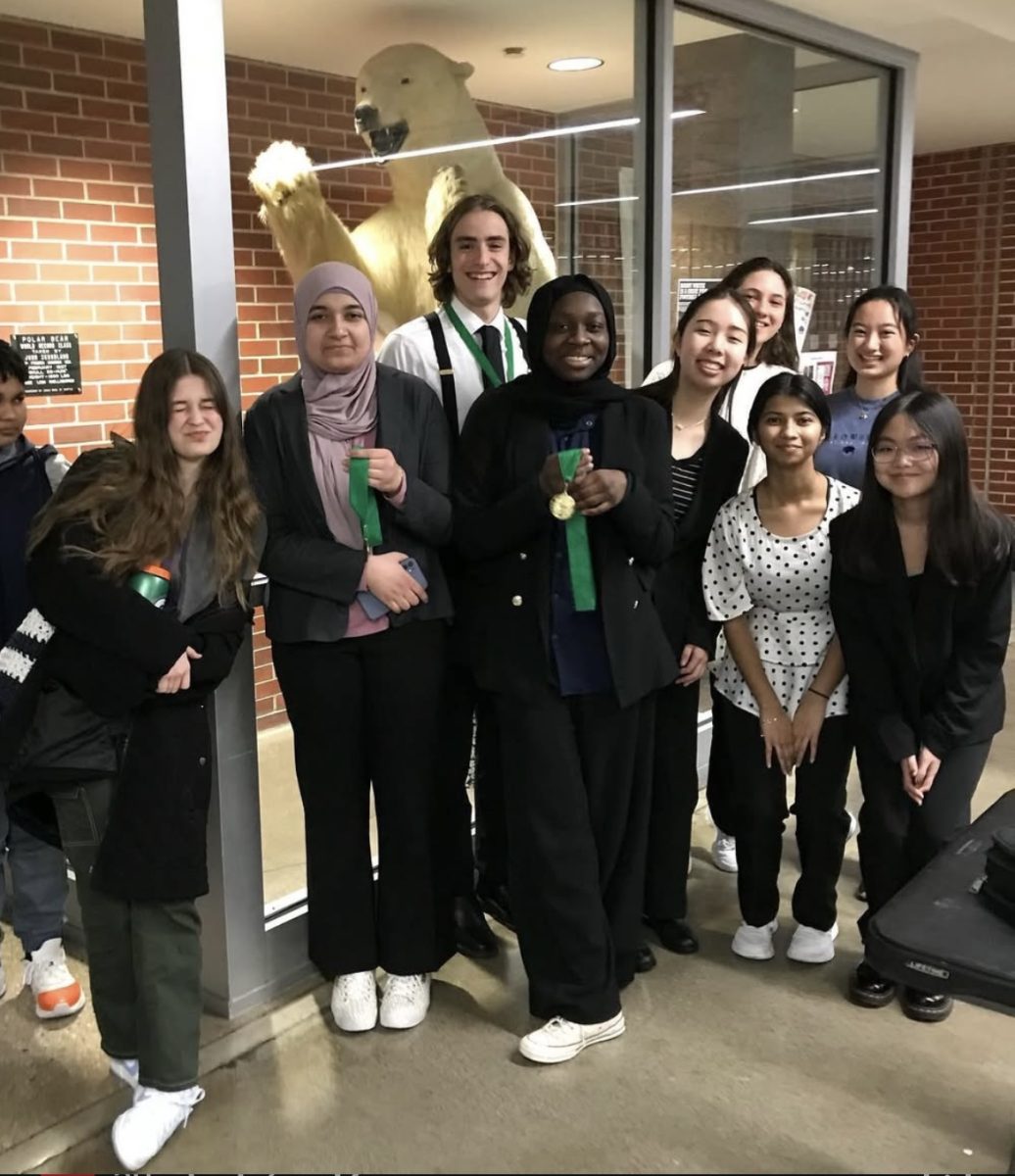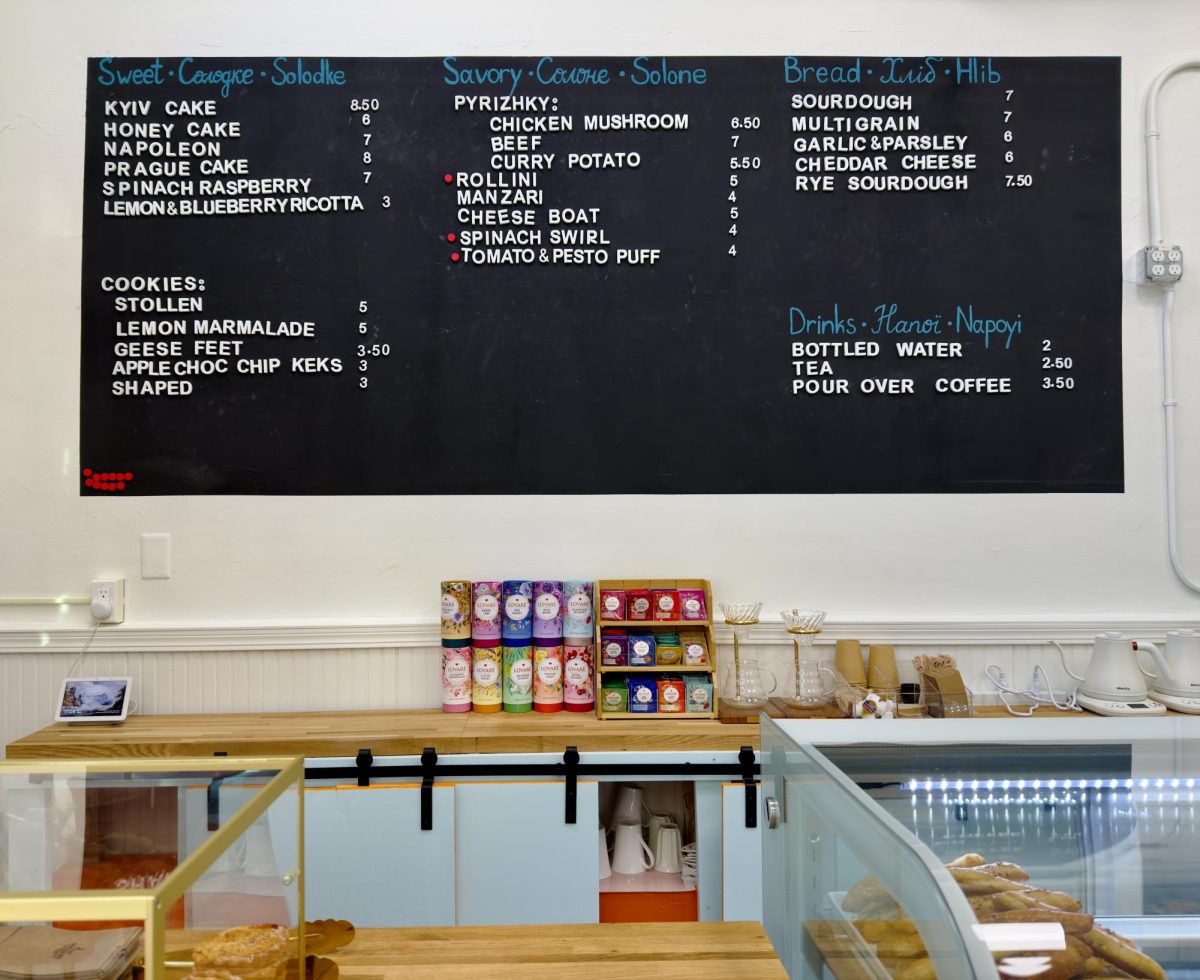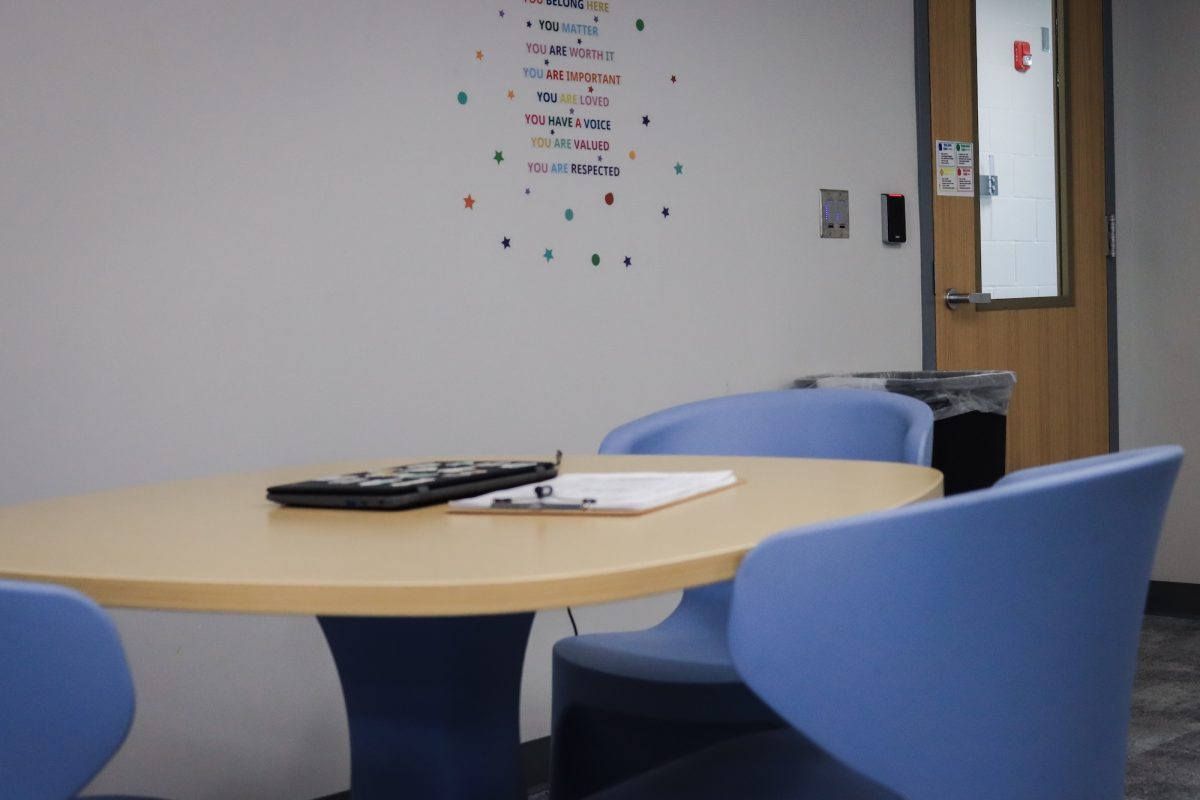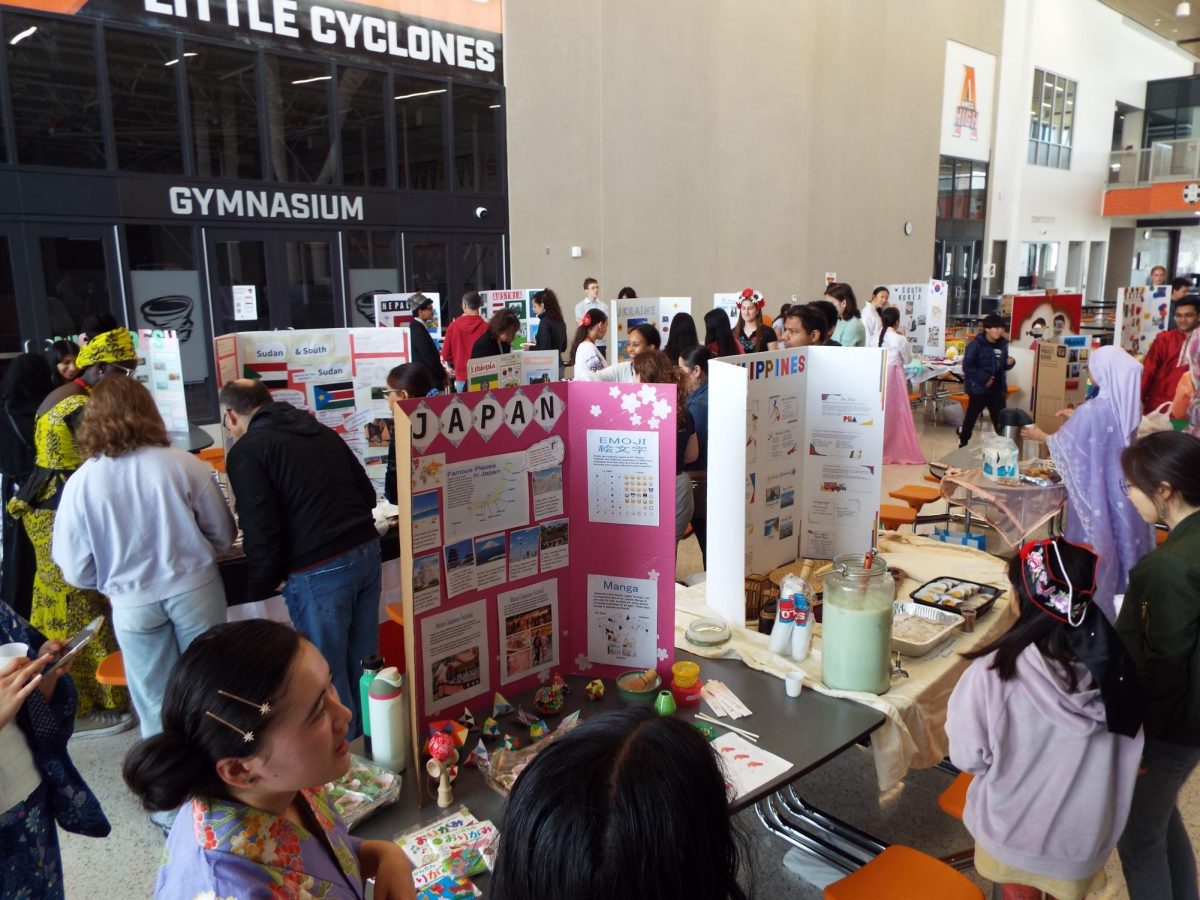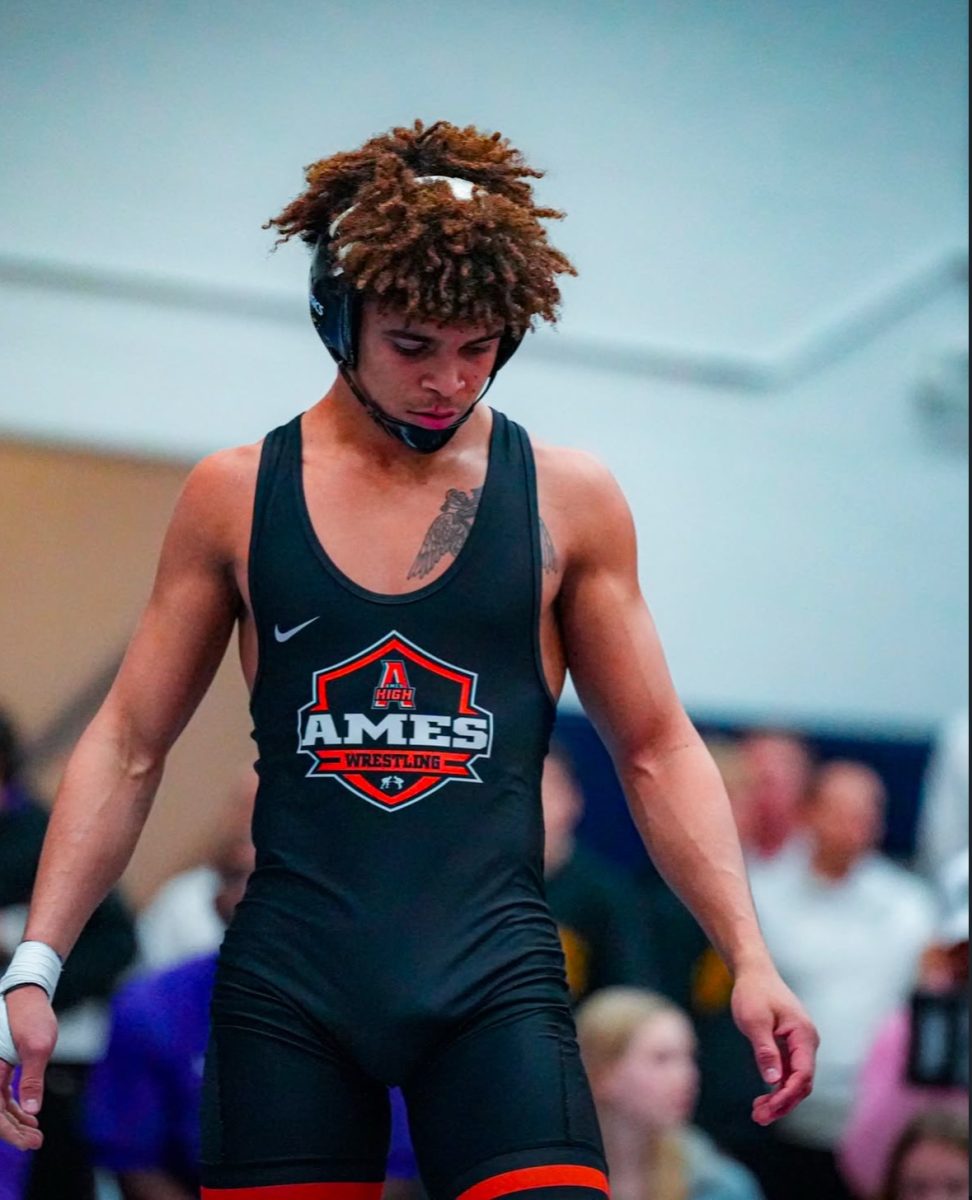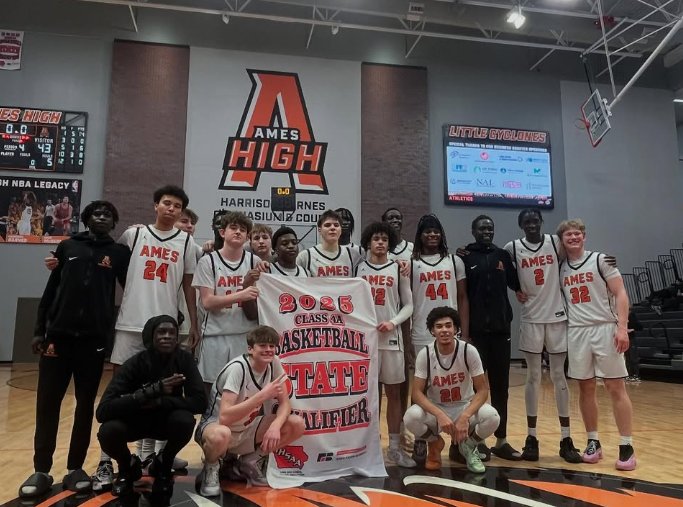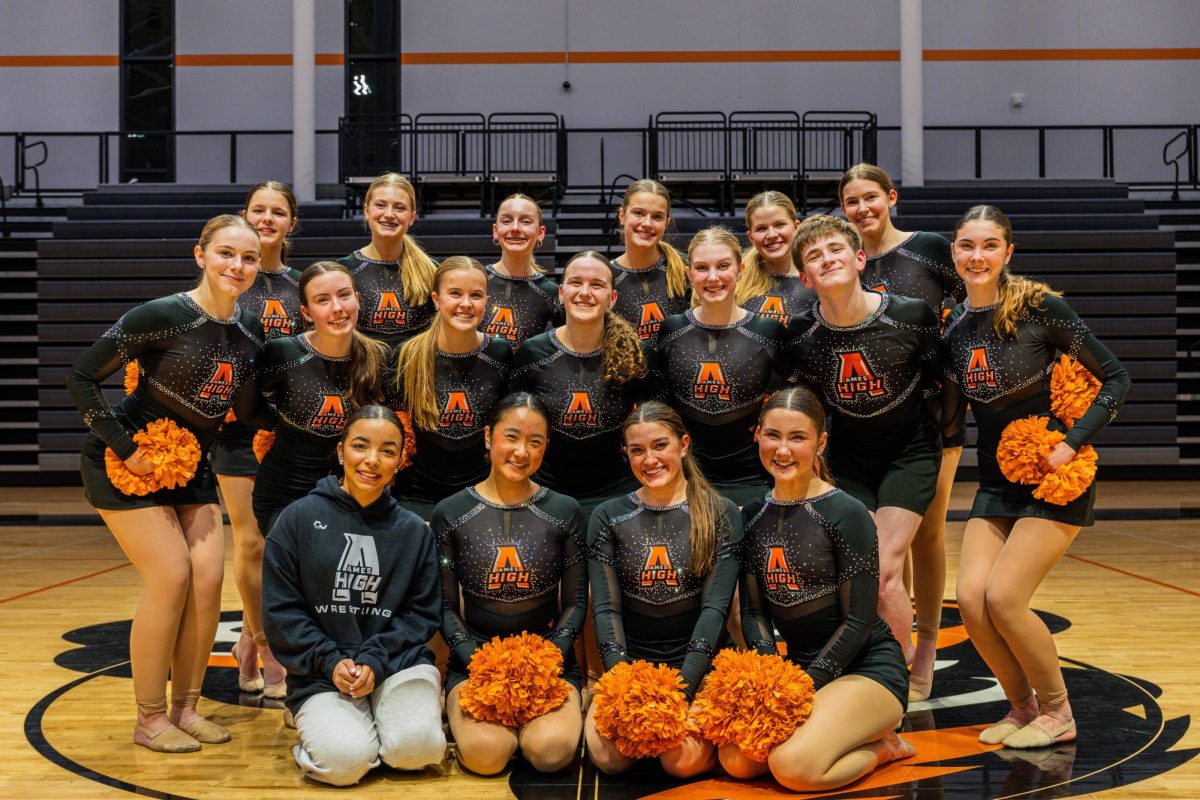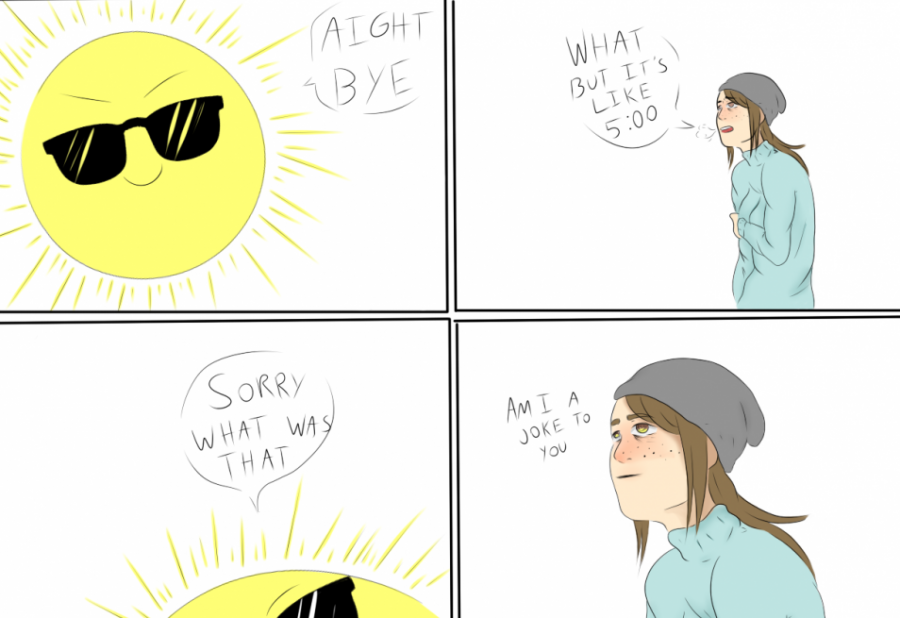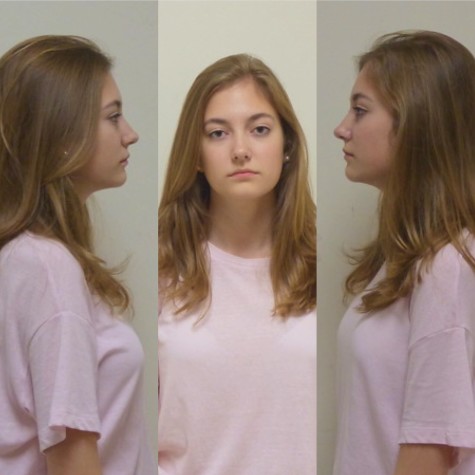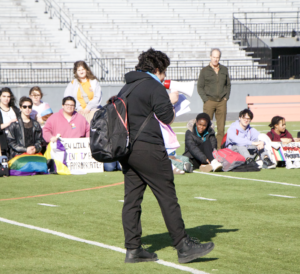The trouble with Plus Period
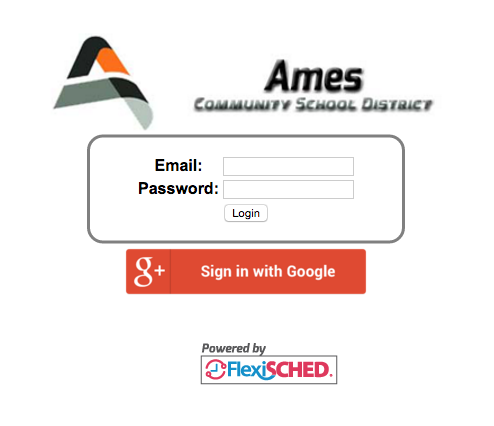
December 14, 2015
While FlexiSched has its problems, namely the confusing format and constant email reminders from our technology department, along with dysfunctional servers and intense ramifications for not attending your assigned plus period, we have finally settled into a pattern for the rest of the school year.
Part of working out the system was making sure that students went to plus period and attended the class they were actually in. English classrooms and “chill teachers” were packed to the brim. Mr. Stevens, Mrs. Seibert, Mrs. Jurgensen, Mr. Webb, and Mrs. Lyon’s socializing with peers are all popular options. But what can be said about classes that students typically struggle in? After a bit of research, math and science classrooms have turned out to have the lowest reported attendance for plus period.
A big reason changes like this work at our school is because of the positive attitudes from the juniors and seniors. Many upperclassmen have been conflicted about the usefulness of plus period.
Senior Maddie Kouba testifies to this, saying, “I think they do really mean well and it does help a lot of people, but it’s hard having it every day and finding something you need help in on every one of those days.” Others get war flashbacks to their underclassmen years of assigned, silent study halls.
Freshman Rayvn Kennedy echoes Kouba. “I think that plus period can be helpful when I need extra help with a teacher or if I have a lot of homework, but since we schedule so far ahead I don’t know what teacher I’ll need the next week,” Kennedy said. The middle school has been using a “tutorial” system which works similarly to our plus period schedule, so many freshmen are used to this type of environment.
In theory, the plus period system should be very helpful. Students can get the help they need from the teachers they have for class. But what happens when a period is full or a test isn’t announced until after Wednesday, which doesn’t allow students to switch out of their previous schedule into another classroom? This glaring flaw in the system doesn’t seem to have a clear solution.
Can students switch in and out of classes up to the last minute? Who will regulate all of this activity? What about the kids who cannot make it before or after school to meet with their teachers to cover the material?
There is a possibility of students walking into the classroom they want to be in that day without signing up, but this poses an attendance issue as well as classrooms extending their capacity. Hopefully these next few years will act as a learning curve to create a flawless learning environment for all students to enjoy a new level of academic success.

